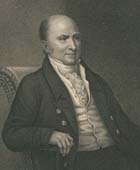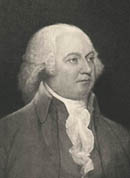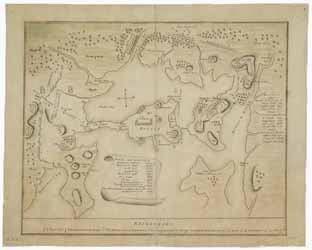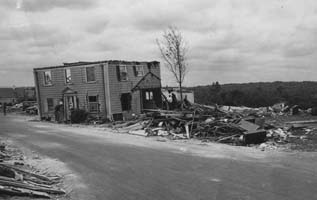By Nancy Heywood
In recognition of Father’s Day we’d like to share one example of a letter that a noteworthy son (John Quincy Adams) sent to his noteworthy father (John Adams).


In June 1811, John Quincy Adams (JQA), his wife, Louisa Catherine, and their youngest son, Charles Francis Adams, were all living in St. Petersburg, where JQA was serving as the U. S. Minister to Russia. JQA, the oldest son of John and Abigail Adams, wrote letters fairly often to his parents. One letter (dated 30 May and 7 June because it was written on two days in 1811) offers an example of the thoughtfulness, eloquence, and respect JQA displayed towards his father.
The long letter, written when JQA was 43 years old, mainly focuses on his decision to decline an appointment to the U. S. Supreme Court and to remain at his diplomatic post in Russia. For more details and context about this opportunity presented to JQA, please consult one of the biographies listed below. The intention of this blog post is to share a few sentences written by JQA to his father, who was a former diplomat, former President of the United States, and a notable letter writer himself.
In the letter, JQA states how honored he felt to be nominated by President Madison for the Supreme Court and also expresses his surprise at the Senate’s unanimous approval. JQA appreciates the encouragement of his parents, who urged him to accept the position and return home to his country after nearly two years abroad; however he cites several reasons why he decided not to accept the position. A key reason related to “a simple and very natural circumstance in the condition of my family….” He is referring to his wife’s pregnancy, although he doesn’t use that exact word. He states that he is not tempted to make a long ocean voyage and “to expose the lives of a wife and infant to the dangers inseparable from such a passage ….”
The letter conveys JQA’s concern with how his parents will regard his decision and actions. He clearly cares about the opinions of his parents, “…in the whole course of my life I scarcely ever did a responsible act, of which I was proud or ashamed, without feeling my soul soothed or galled with the reflection of how it would affect the sensibility of my Parents….” He also writes that he looks to his father’s life and past actions for guidance: “As a direction for my conduct upon every occurrence involving public principle, I know of no human law more unerring than your example.” JQA clearly hopes that he has explained his reasoning convincingly and that his father will understand and support his decision. Towards the end of the letter, he writes, “I feel … a cheerful confidence that after fully weighing the difficulties of my situation, you will approve the grounds upon which I have rested.”
A published version of most of the letter (the long section he wrote on 7 June 1811) can be found in The Writings of John Quincy Adams, volume 4, 1811-1813. Edited by Worthington C. Ford. New York: Macmillan Company, 1914. See pages 98-102. This is available online through GoogleBooks.
The manuscript (Letter from John Quincy Adams to John Adams, 30 May – 7 June 1811) is a four-page letter, and is part of the Adams Family Papers at the Massachusetts Historical Society. This manuscript collection has been microfilmed and this letter appears on reel 411.
Three biographies that provide more detailed information about JQA’s nomination to the U. S. Supreme Court:
Hecht, Marie B. John Quincy Adams: A Personal History of an Independent Man. (NY: Macmillan Company, 1972).
Nagel, Paul C. John Quincy Adams: A Public Life, A Private Life. (NY: Alfred A. Knopf, 1997).
Remini, Robert V. John Quincy Adams. (NY: Times Books, 2002).




 View a high resolution image of this manuscript map, drawn by a British soldier several months after the battle,
View a high resolution image of this manuscript map, drawn by a British soldier several months after the battle, 